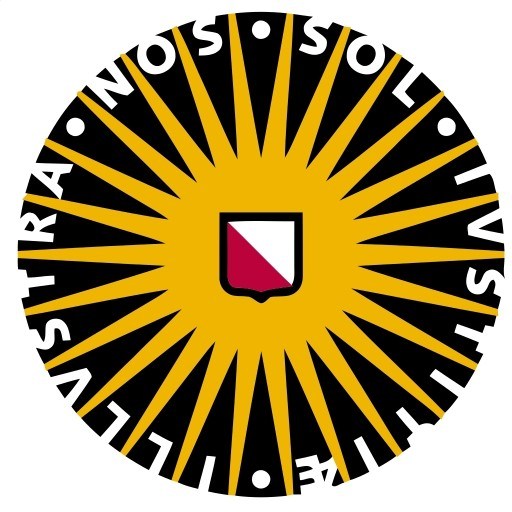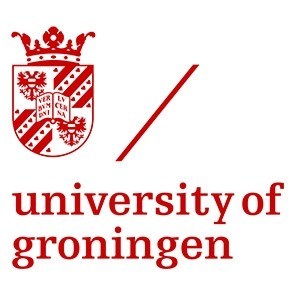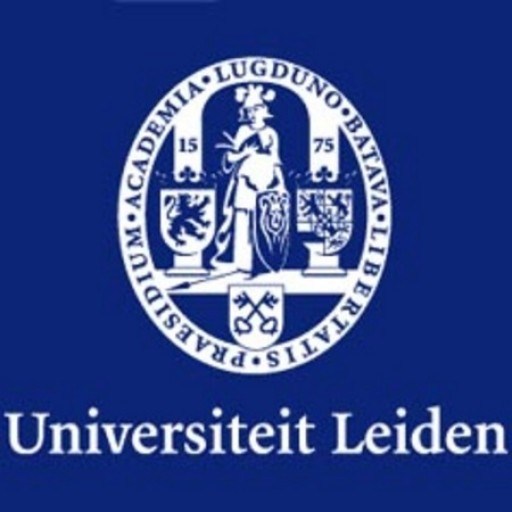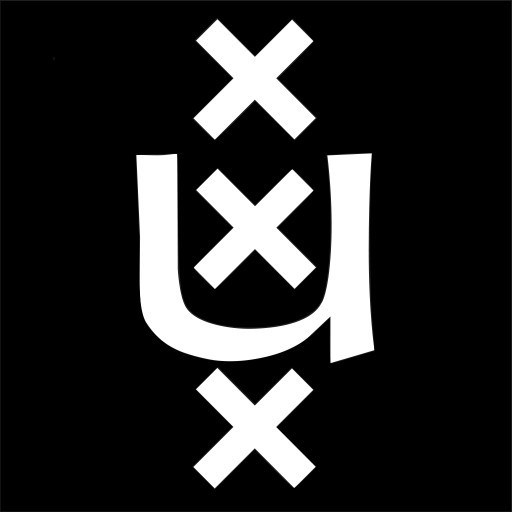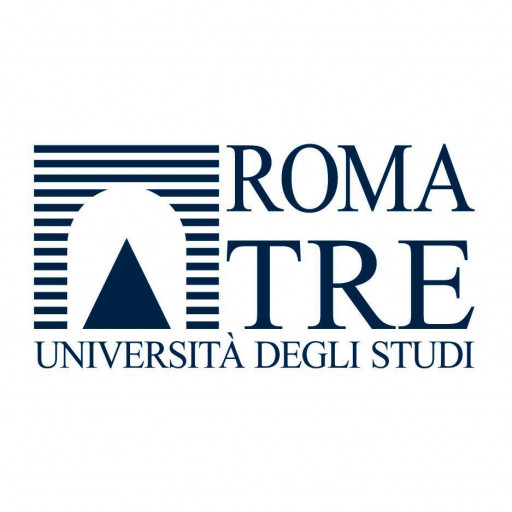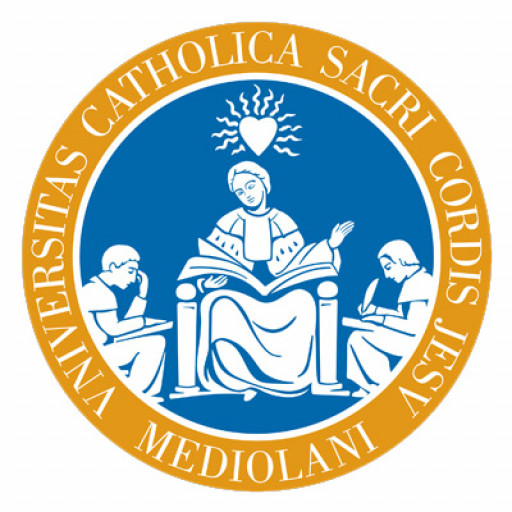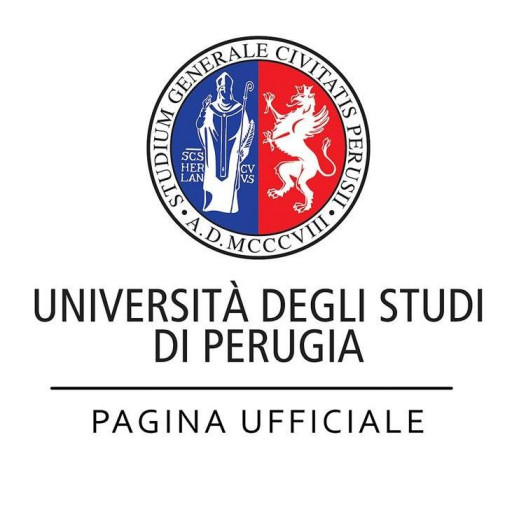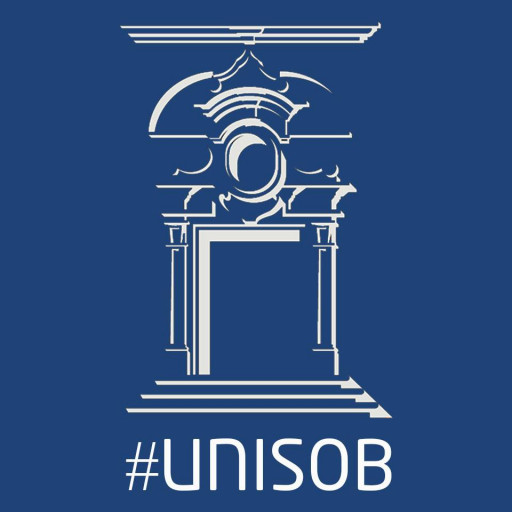Photos of university / #utrechtuniversity
Art History of the Low Countries at Utrecht University offers a comprehensive and in-depth exploration of the rich artistic and cultural heritage of the Low Countries, focusing on regions that include modern-day Belgium, the Netherlands, and parts of northern France. This programme is designed for students who are passionate about understanding the historical development, stylistic diversity, and societal impact of art from the medieval period through to contemporary times in this vibrant European area. Throughout the course, students will engage with a wide array of artistic disciplines, including painting, sculpture, architecture, and decorative arts, examining their evolution within social, political, economic, and religious contexts.
The curriculum emphasizes both historical analysis and critical visual interpretation, encouraging students to develop robust research skills and a nuanced understanding of the contextual factors shaping artistic production. Students will study masterpieces from renowned artists and significant periods, such as the Gothic, Renaissance, Baroque, Modern, and Contemporary eras, with particular attention to the unique contributions of regional artists and movements in the Low Countries. They will investigate themes such as iconography, patronage, artistic innovation, and the influence of religious and secular institutions on artistic trends.
The programme combines lectures, seminars, and hands-on research projects, many of which take advantage of Utrecht’s outstanding art collections and museum partnerships. Students will have opportunities for internships and research excursions, providing practical experience and a closer connection to ongoing scholarly debates in the field of art history. The interdisciplinary approach integrates perspectives from history, archaeology, cultural studies, and conservation, equipping graduates with a broad skill set applicable in museums, galleries, cultural heritage institutions, and academia.
Graduates will be well prepared to pursue careers as art historians, curators, researchers, or cultural consultants, with a specialized focus on the Low Countries. The programme fosters critical thinking, historical awareness, and visual literacy, making students capable of analyzing complex artworks within their broader cultural landscape. Overall, the Art History of the Low Countries programme at Utrecht University is an excellent choice for students eager to deepen their understanding of regional artistic heritage and contribute to the preservation and interpretation of European cultural history.
The Art History of the Low Countries program at Utrecht University offers an in-depth exploration of the rich and diverse artistic heritage of the Netherlands and Belgium, spanning from the Middle Ages to the modern era. This program is designed to provide students with a comprehensive understanding of the historical, cultural, and stylistic developments of art within the Low Countries, emphasizing the unique contributions of artists, patrons, and institutions that have shaped the region’s artistic landscape. Throughout the curriculum, students will examine key movements, such as the Renaissance, Baroque, Romanticism, and modern and contemporary art, through a variety of analytical and interpretative techniques. The program also emphasizes the importance of contextualizing artworks within their historical settings, exploring themes such as religion, politics, societal change, and technological advancements that influenced artistic production.
Students will engage with a wide range of visual materials, including paintings, sculptures, prints, and decorative arts, gaining skills in visual analysis, art historical research, and critical thinking. The program encourages active participation through seminars, workshops, and research projects, enabling students to develop their own insights and contribute to ongoing academic dialogues. Additionally, students will have opportunities for practical experience, such as visits to museums, galleries, and heritage sites, enhancing their understanding of conservation and curatorial practices.
The program is tailored for those with a keen interest in art history, archaeology, and cultural heritage, preparing graduates for careers in museums, galleries, cultural institutions, academia, and the art market. Interdisciplinary approaches are central to the curriculum, integrating insights from history, archaeology, and cultural studies to offer a holistic view of the Low Countries’ artistic heritage. Upon completing the program, students will possess a nuanced understanding of the region’s art history, along with the analytical skills necessary to pursue further academic research or professional endeavors in related fields.
Other requirements
The Art History of the Low Countries Bachelor’s and Master’s programs at Utrecht University primarily offer education that is publicly funded through the Dutch government student finance system. For Dutch students, the main source of financing includes the statutory student loan and grant system, known as DUO (Dienst Uitvoering Onderwijs). This system provides loans that are repayable after graduation and grants that do not need repayment, depending on the student’s circumstances and income levels. Dutch students may also be eligible for additional grants based on their financial situation, such as the national tuition fee grant, which can reduce the costs associated with university education.
International students from the European Union (EU) and European Economic Area (EEA) countries generally pay the statutory tuition fees, which are lower than those for non-EU/EEA students, and may receive similar support through national systems if applicable. Non-EU/EEA students usually pay higher tuition fees, and financing options are more limited, often requiring personal funds or scholarships. Utrecht University offers various scholarship opportunities for international students, including the Utrecht Excellence Scholarships, which are highly competitive and aim to attract talented students from outside the EU/EEA.
Financial aid can also be supplemented through private scholarships, grants, and external funding providers. Many domestic and international students rely on part-time work, which is permitted within the limits of Dutch immigration and work regulations, to support themselves financially during their studies. Additionally, students can seek support from family or sponsors to help cover tuition fees, living expenses, and study-related costs.
Living costs in Utrecht, such as accommodation, food, transportation, and study materials, are an important consideration in the financing of studies. The university does not directly cover these expenses, but students are advised to plan their budgets accordingly. Universities often provide financial advice and support services to help students manage their finances effectively, including information about student loans, part-time work, and budgeting.
In summary, the primary financing routes for students enrolled in Art History of the Low Countries at Utrecht University involve government-funded student loans and grants for Dutch students, scholarships for international students, private funding, and personal or family contributions. Students are encouraged to explore all available options early in their studies to ensure they can successfully manage the financial demands of their education.
Art History of the Low Countries at Utrecht University offers a comprehensive exploration of the rich artistic heritage of the Netherlands and Belgium, focusing on the diverse periods from the medieval era through to the contemporary period. The programme is designed to provide students with a deep understanding of the historical, cultural, and social contexts that have shaped the art produced in this region, emphasizing the significance of artworks within their societal frameworks. Students will engage critically with a wide range of visual materials, including paintings, sculptures, and decorative arts, complemented by an in-depth study of relevant historical texts and archives.
The curriculum includes courses on medieval art, Renaissance and Baroque masterpieces, modern and contemporary art movements, and the unique characteristics of Low Countries art. Special attention is given to prominent artists, patrons, and artistic centres that have contributed to the region’s cultural landscape. Practical skills are developed through museum visits, hands-on analysis of artworks, and opportunities for internships at local museums and cultural institutions. The programme also encourages students to undertake independent research projects, fostering analytical thinking and academic writing skills.
The interdisciplinary nature of the programme integrates perspectives from history, archaeology, conservation, and cultural studies, equipping students with a broad skill set suitable for careers in museums, galleries, research institutions, or further academic pursuits. Utrecht University’s strong ties with cultural heritage organizations provide valuable opportunities for networking and practical experience. Graduates will gain a nuanced understanding of Low Countries art history and the ability to critically analyze artworks within their historical context, preparing them for a variety of professions related to cultural heritage and arts management.
